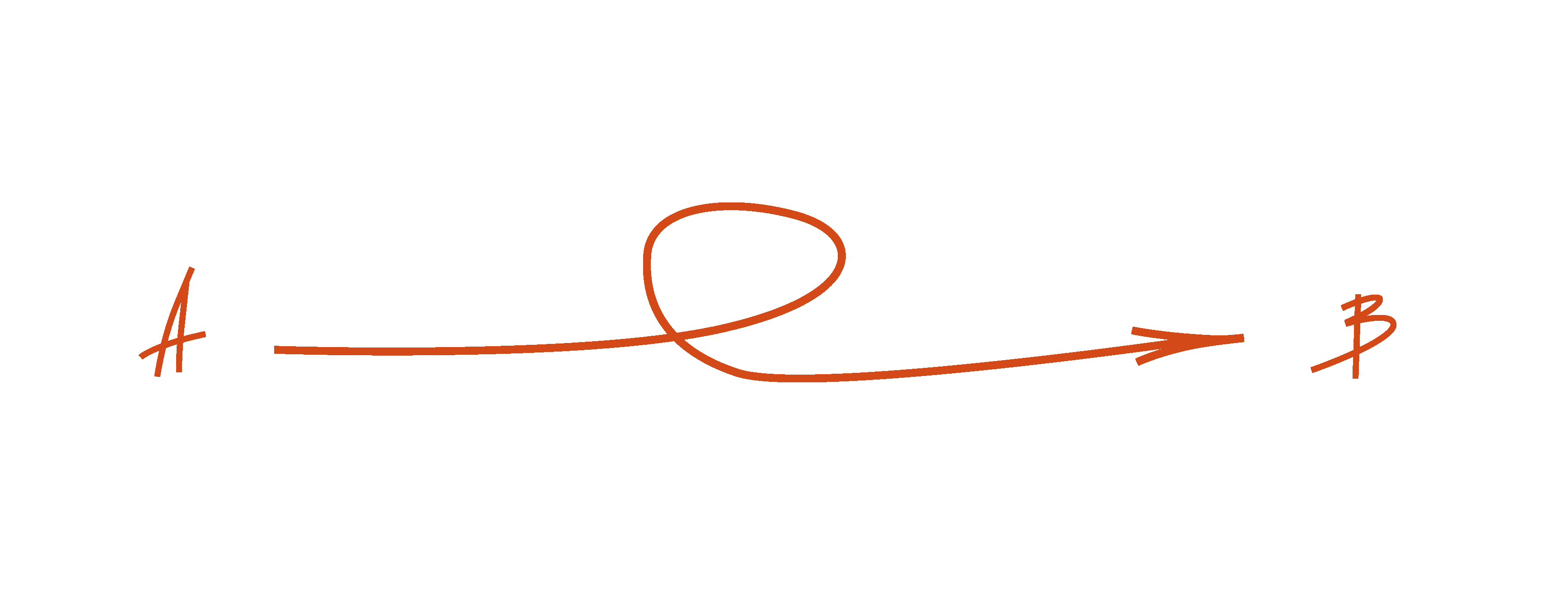ՄԱՅՐԵՆԻՔ /
Motherland
Modern Art Museum, Yerevan (AM)
18.09.2021 — 30.09.2021

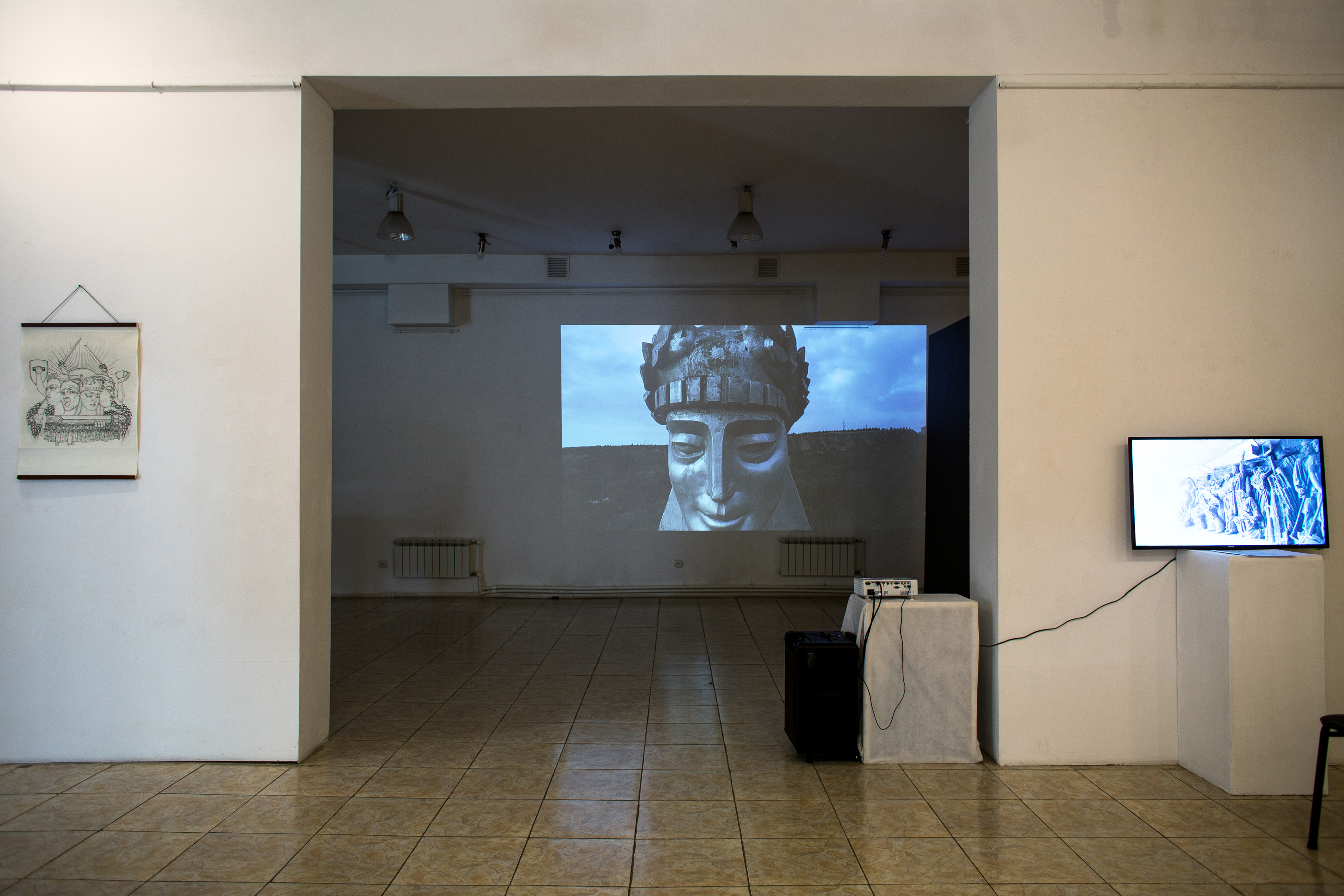
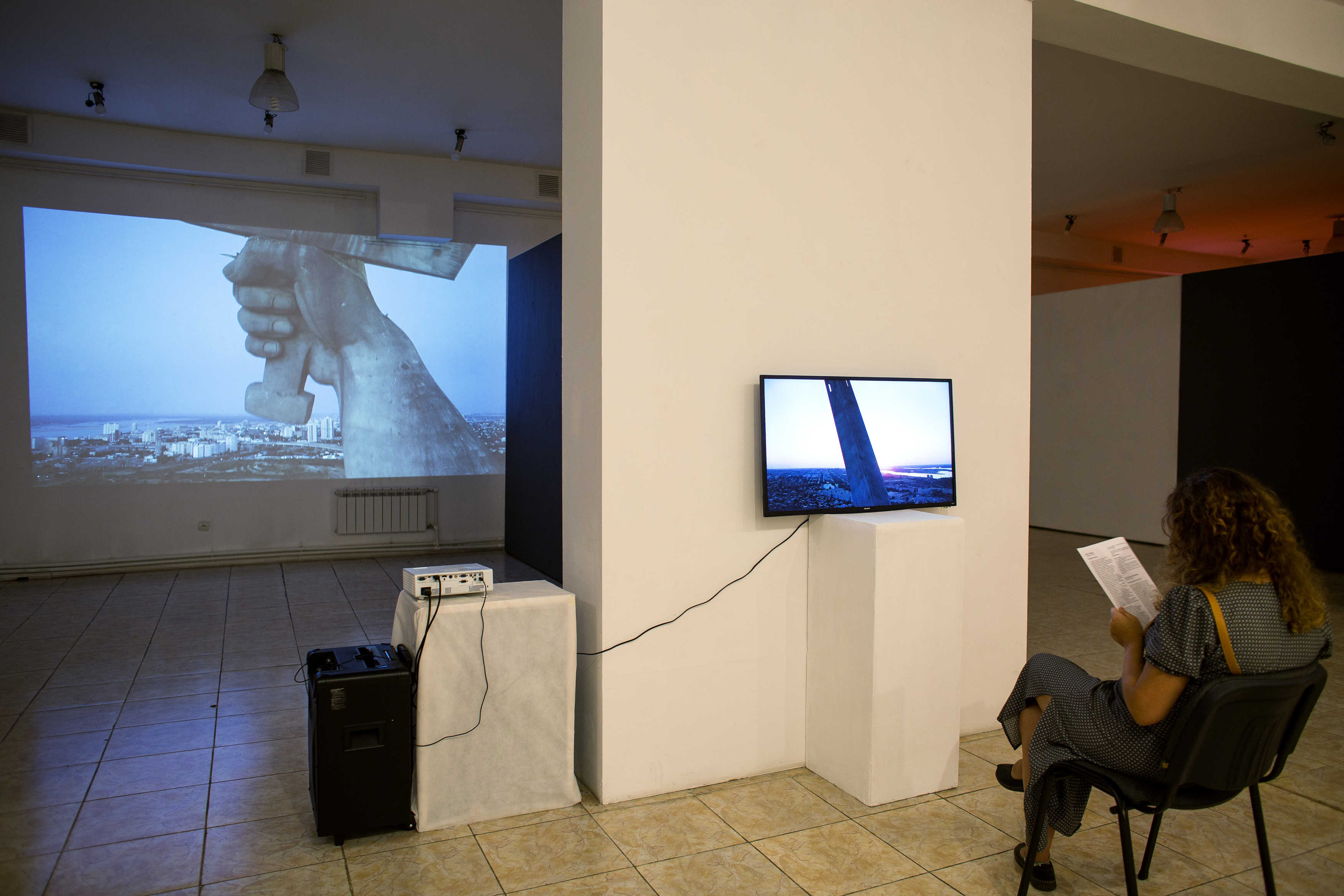
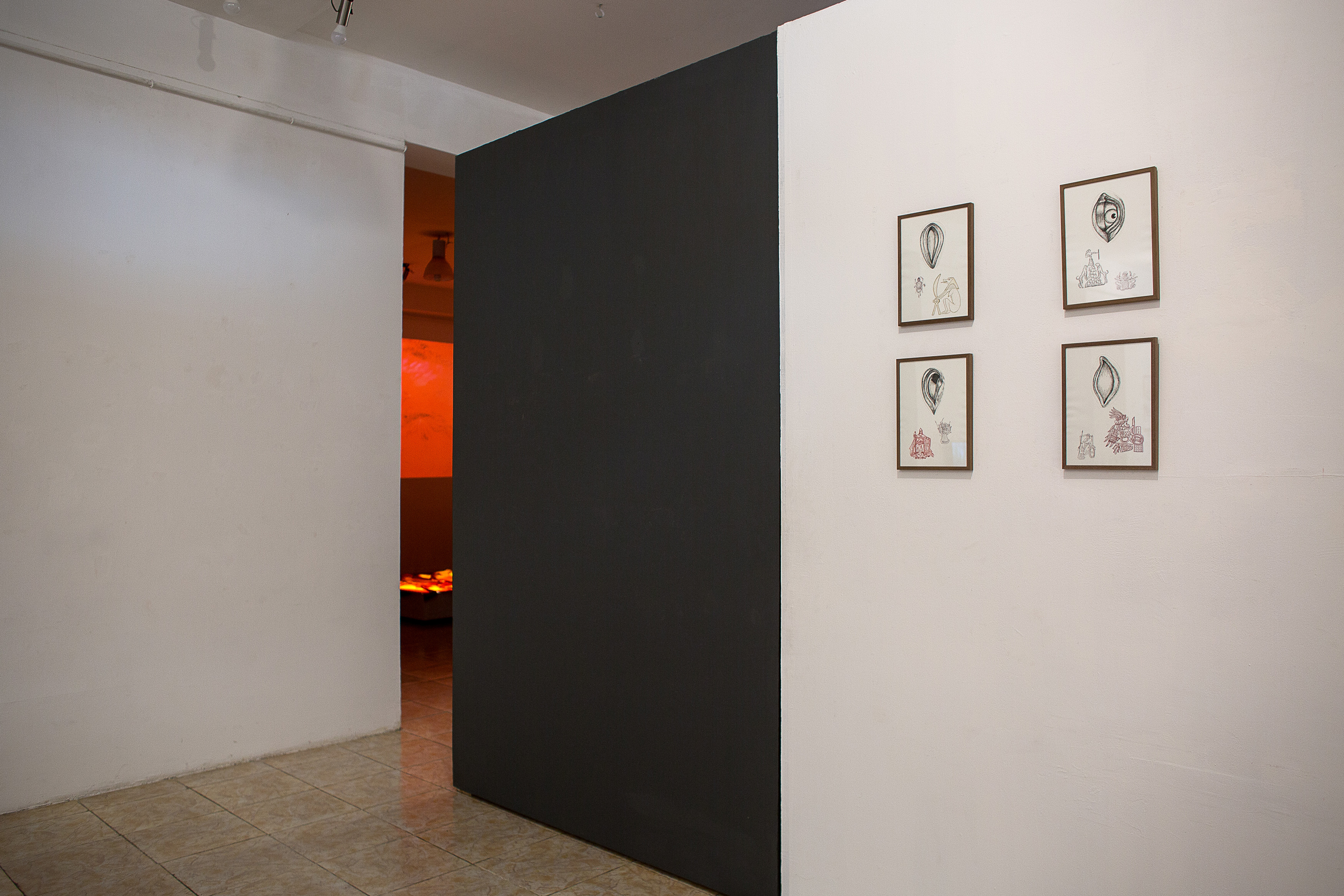

Motherland in its various interpretations - such as Mother Earth, Mother Goddess, motherhood, Mother Heroine, homeland, patriotism, citizenship and nationality - is the theme of the artistic rethinking and reflections in the joint international project of Veronika Babayan, Olga Ganzha, Tatevik Ghukasyan and masharu.
The exhibition encourages a more critical response to the patriarchal pressure on women and young girls in Armenia, according to which they must accept their role as reproductive instruments, birth-givers of boys, who will later grow into soldiers. Growing up as a woman in this society, one is told continuously that their mission is to make use of their uterus and give birth to “as many Armenian boys as possible”. Opposing to this normalized dominant ideology can be perceived as being anti-patriotic and refusing to serve the future of the nation. As much as the fear of extinction may be justified for the Armenians, women cannot bear the weight of gender-selective reproduction as their main or, even worse, as their only purpose of existence. In today’s world, women are no longer defined nor validated by their ability to give birth to healthy boys. Two of the earliest feminist writers Adrienne Rich and Sara Ruddick, have taken radical looks on the historical construction of motherhood (1972 – 1996).
Rich celebrates maternity as a tool to engage in antimilitarist activism and Ruddick advocates for motherhood as politics of peace.
Some discourses link women specifically to the environment because of their traditional social role as a nurturer and caregiver. Several ecofeminist scholars have made the distinction that it is not because women are female or "feminine" that they relate to nature, but because of their similar states of oppression by the same male-dominant forces. The marginalization is evident in the gendered language used to describe nature, such as Mother Earth or Mother Nature, and the animalized language used to describe women. Ecofeminists following in this line of thought believe that these connections are illustrated through the coherence of socially-labeled values associated with 'femininity' such as nurturing, which are present both among women and in nature.
In the context of the Soviet Union, the Mother-Motherland sculptures investigated by Olga Ganzha (in Ukraine, Russia, Georgia and Armenia) call upon the imagery of Mother Earth as a symbol of unity, relating to the soldiers who died to protect the land and thus also resonate with analogies of war and sacralised violence. Olga Ganzha explores the monumental sculptures of the Motherland, that intertwine and represent multiple meanings associated with “Soviet matriarchy”, contemporary gender studies and a certain direction in the feminist movement and art.
In a context of intercultural dialogues, the artists explore the symbolism of the Earth, stretching it between opposite ideas of the Motherland and Mother Earth, one for the few and one for the many. The artists are questioning what it means to relate to and care for Land, echoing the current political climate of ecological crisis and the rise of nationalisms. Furthermore, to question the gender of the Land, relating to non-patriarchal structures in order to respect and connect with the Land, rather than to use and exploit it within a capitalistic system.
Artists: Veronika Babayan (NL), Olga Ganzha (NL), Tatevik Ghukasyan (RU), masharu (NL)
Curator: Susanna Gyulamiryan
The exhibition is organized in the frame of the international programs of the 'Art and Cultural Studies Laboratory'
![]()
![]()
![]()
![]()
![]()
![]()
RELATED
Project: My Armed Mothers ->
Exhibition: Mother[Hood] ->
The exhibition encourages a more critical response to the patriarchal pressure on women and young girls in Armenia, according to which they must accept their role as reproductive instruments, birth-givers of boys, who will later grow into soldiers. Growing up as a woman in this society, one is told continuously that their mission is to make use of their uterus and give birth to “as many Armenian boys as possible”. Opposing to this normalized dominant ideology can be perceived as being anti-patriotic and refusing to serve the future of the nation. As much as the fear of extinction may be justified for the Armenians, women cannot bear the weight of gender-selective reproduction as their main or, even worse, as their only purpose of existence. In today’s world, women are no longer defined nor validated by their ability to give birth to healthy boys. Two of the earliest feminist writers Adrienne Rich and Sara Ruddick, have taken radical looks on the historical construction of motherhood (1972 – 1996).
Rich celebrates maternity as a tool to engage in antimilitarist activism and Ruddick advocates for motherhood as politics of peace.
Some discourses link women specifically to the environment because of their traditional social role as a nurturer and caregiver. Several ecofeminist scholars have made the distinction that it is not because women are female or "feminine" that they relate to nature, but because of their similar states of oppression by the same male-dominant forces. The marginalization is evident in the gendered language used to describe nature, such as Mother Earth or Mother Nature, and the animalized language used to describe women. Ecofeminists following in this line of thought believe that these connections are illustrated through the coherence of socially-labeled values associated with 'femininity' such as nurturing, which are present both among women and in nature.
In the context of the Soviet Union, the Mother-Motherland sculptures investigated by Olga Ganzha (in Ukraine, Russia, Georgia and Armenia) call upon the imagery of Mother Earth as a symbol of unity, relating to the soldiers who died to protect the land and thus also resonate with analogies of war and sacralised violence. Olga Ganzha explores the monumental sculptures of the Motherland, that intertwine and represent multiple meanings associated with “Soviet matriarchy”, contemporary gender studies and a certain direction in the feminist movement and art.
In a context of intercultural dialogues, the artists explore the symbolism of the Earth, stretching it between opposite ideas of the Motherland and Mother Earth, one for the few and one for the many. The artists are questioning what it means to relate to and care for Land, echoing the current political climate of ecological crisis and the rise of nationalisms. Furthermore, to question the gender of the Land, relating to non-patriarchal structures in order to respect and connect with the Land, rather than to use and exploit it within a capitalistic system.
Artists: Veronika Babayan (NL), Olga Ganzha (NL), Tatevik Ghukasyan (RU), masharu (NL)
Curator: Susanna Gyulamiryan
The exhibition is organized in the frame of the international programs of the 'Art and Cultural Studies Laboratory'



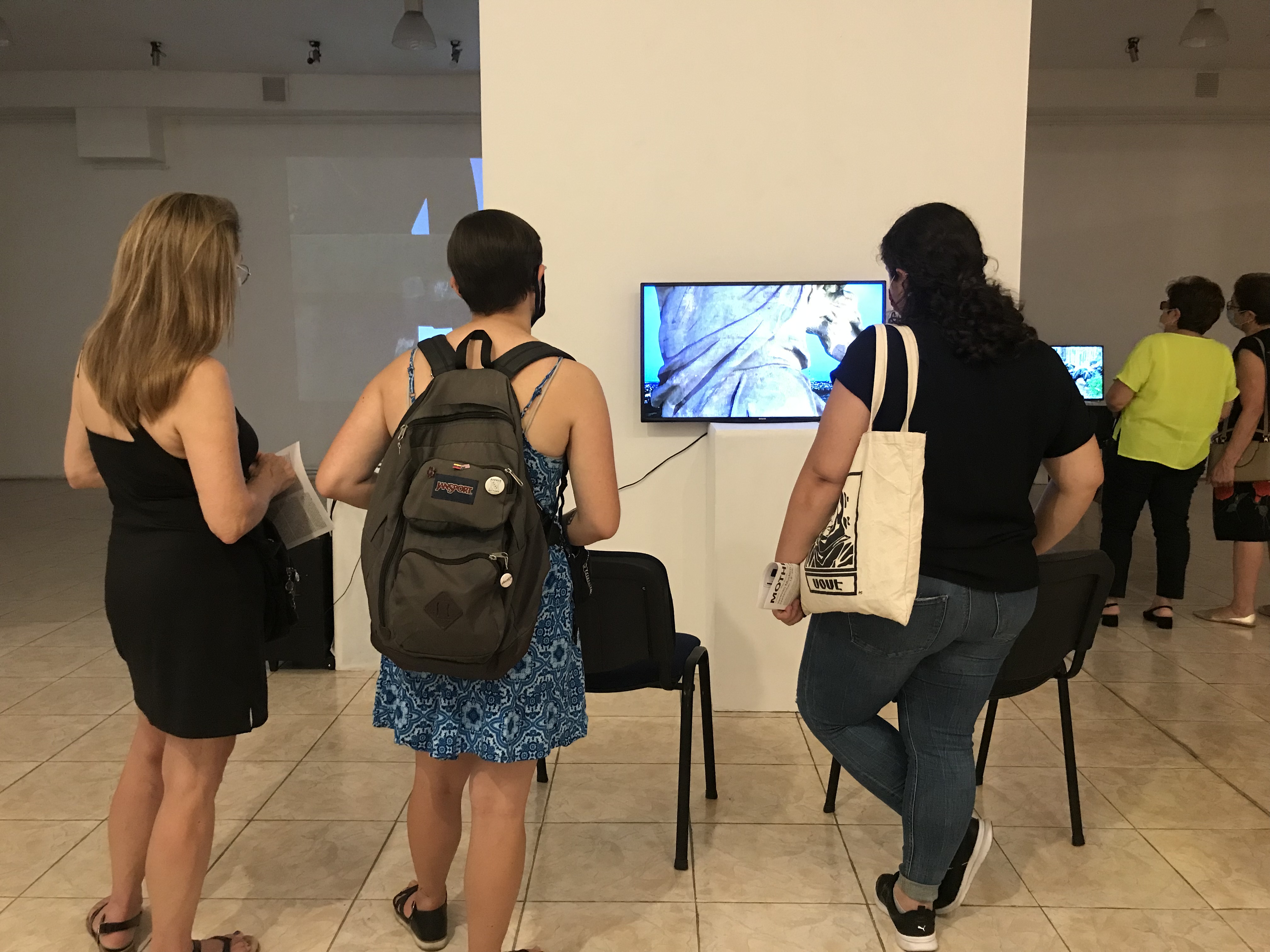
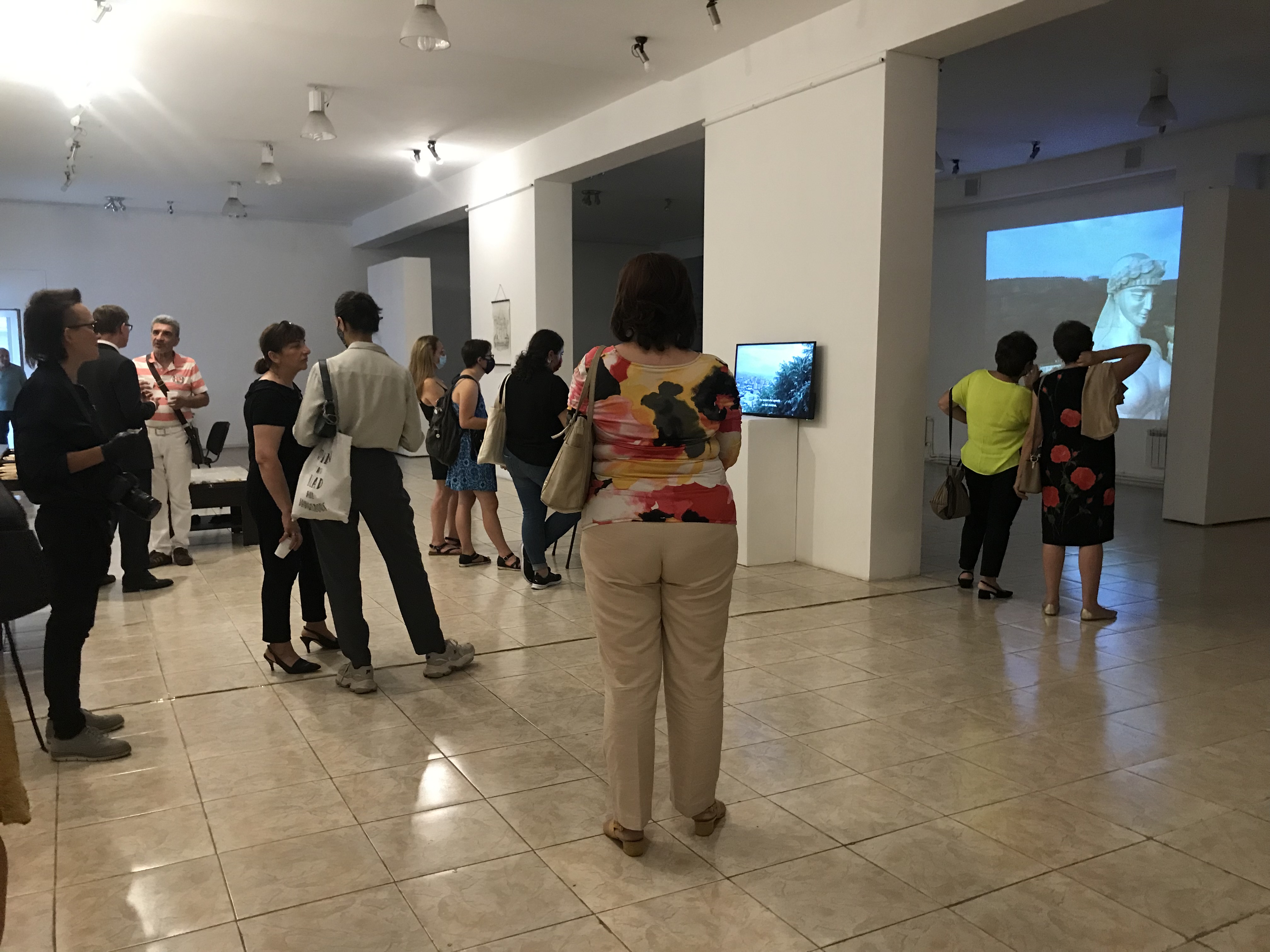
RELATED
Project: My Armed Mothers ->
Exhibition: Mother[Hood] ->
